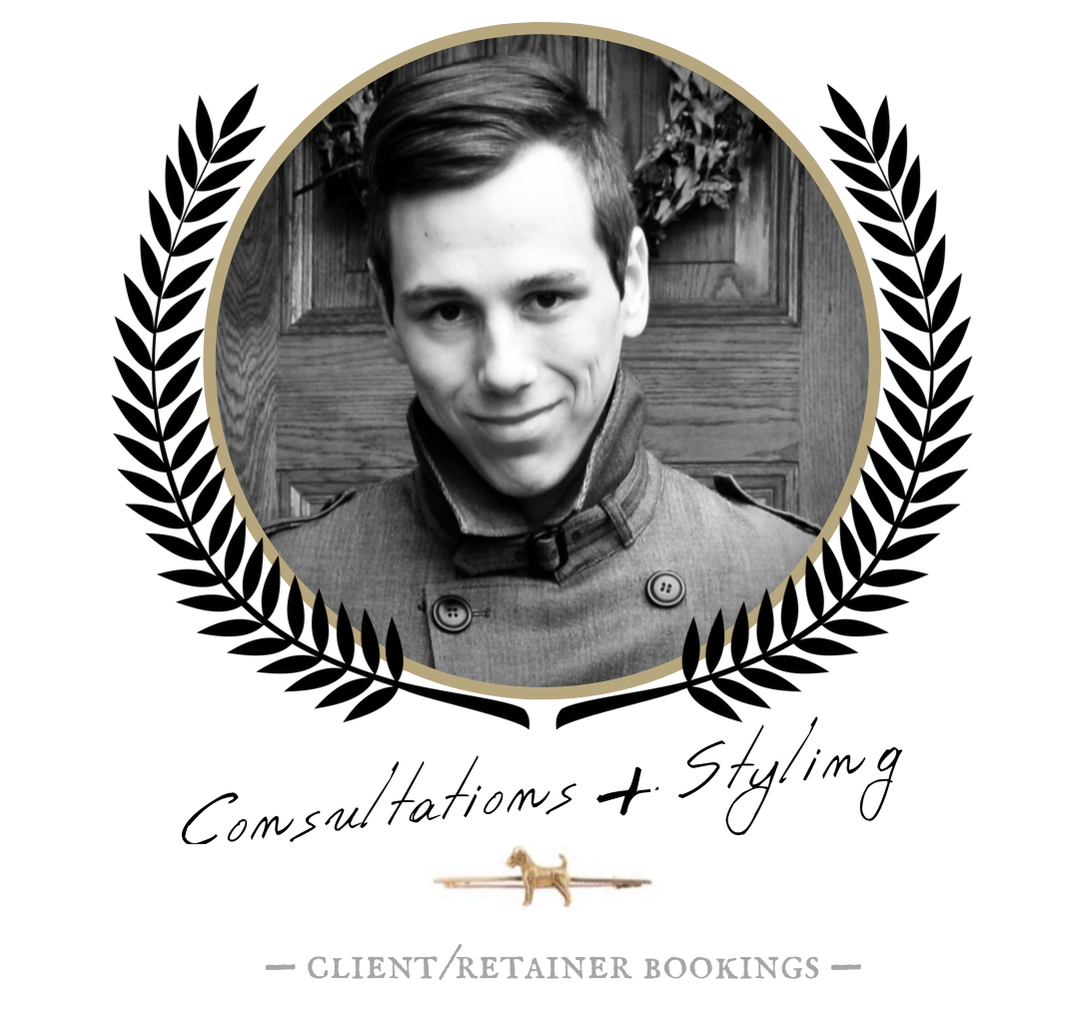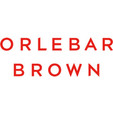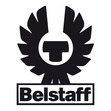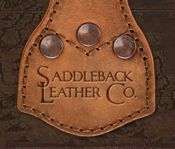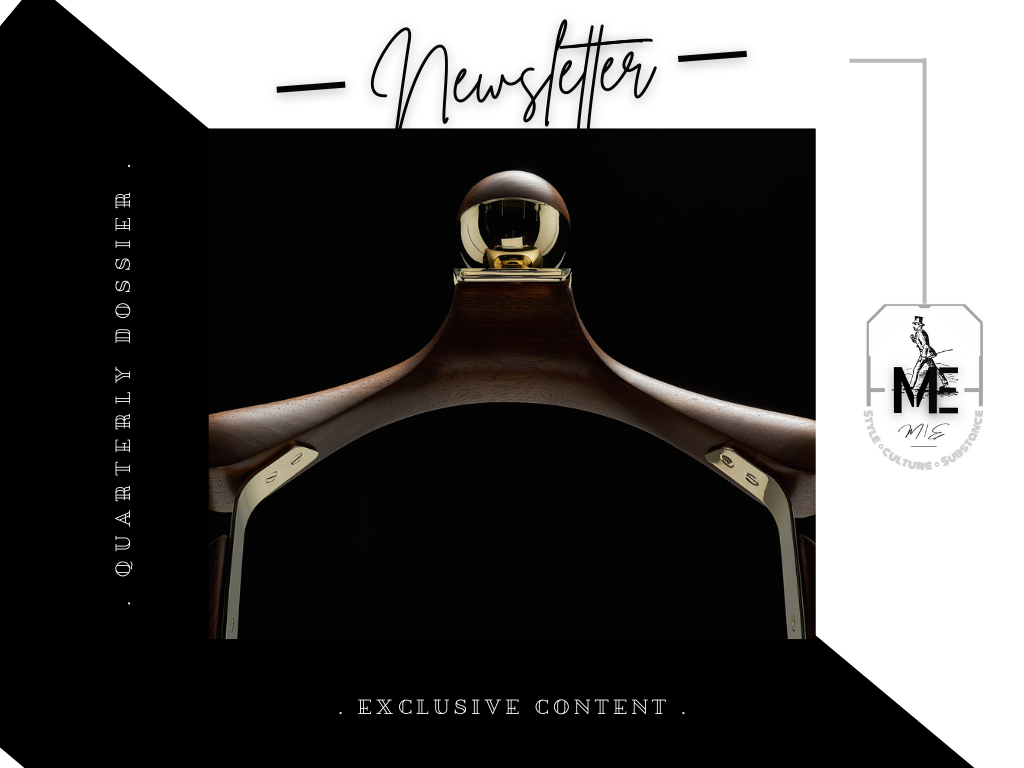It is, simply put, a gent's workhorse! Dressed up or down, as a three-piece or as separates (spezzato style), it can style you through any situation life presents.
So how do you know if what your paying for is worth it?
To start off, in choosing a suit one should first examine the canvas of the jacket, which based on its merits alone, signifies the structural quality of a suit. Bespoke suiting, the most expensive and revered of all options, necessitates the existence of a jacket made with a full canvas layer between the fabric and lining. This fully hand-crafted and time-consuming method affords its owner a fit that falls naturally, draping perfectly to their physique.
On the other hand, the most affordable—generally off-the-peg—suits have linings that are often fused or glued to the fabric, with a half-canvas (where the designer only uses a layer in the more visible top portion of the jacket) being commonplace and the most sensible option for many to consider.
At the opposite end of the spectrum is the cheapest of the options: a fully glued canvas that is as stiff as wood and very unflattering to any who wears it (think those big boxy, overly padded square suits you see most men wear).
What does this mean?
It means that you should ideally seek out a custom suit with a full canvas, it will conform to your body more naturally after repeated use then those purchased off-the-peg. The structural difference truly does stand in stark natural (draping) contrast to its contemporary glued or fused counterparts, which tend to stay stiff (particularly the lapels/shoulders/chest areas) and rigid. But, most men cannot afford bespoke. With that in mind, you should set our sights on the happy-medium and opt instead for a half-canvas (which has characteristics from both combined).
- Pinch the layers of fabric between the button holes of either sleeve or the torso. If you feel three layers it is full canvas, two layers is half canvas, and one layer means the lining is fused or glued
In addition to the canvas, these are a few other details that you should be looking for when determining the jacket's quality:
- Look under the collar of the jacket for a felt lining: It helps hold the suits shape around the neck and shoulders while also allowing it to double as outerwear during more trying conditions.
- Check the thread count: The optimal thread count is a super 100 to 120 with, similar to bedding sheets, the higher count being a finer yarn which results in better durability, softness, and usually sheen. Generally though, anything higher is merely cosmetic and just makes the suit more fragile in the long term.
- If you are buying a suit off-the-rack, avoid functional buttons on the cuffs of the jacket. They are a trademark of a bespoke suit, but in this instance would just make the jacket more costly and difficult to tailor. Additionally, for both longevity as well as the look, aim for buttons that are not plastic but rather tortoise shell or enamel (plastic cracks easily in bad weather and/or from numerous trips to the dry cleaner).
- The last detail to look out for is the amount of hand-stitching that was involved in the suits creation. The more handwork on the suit, the better. Hand-sewn button holes, sleeves and waistbands are all marks of a bespoke suit. Yet, on the other hand, the thicker the seams are on the jacket, the poorer the quality. So look for thin, almost hidden seems. In regards to the trousers, they should have a half-lining that goes at least to the knee, which will help the pants last longer.
And now, lets progress into exploring the anatomy and detailed style specifics that will make up the bare essentials of your suit. These following guidelines are what you should reference when choosing and investing in a suit that will be both timeless (never outdated) and built-to-last.
ANATOMY OF A PERFECT SUIT
| A: Shoulders
| C: Jacket Cuffs/Buttons
|
|
THE SPECIFICS
| F: Lapels
|
~ Will it be a 2-Piece or 3-Piece (which includes a waistcoat/vest) suit? ~
~ Jacket: Will you opt for a single (classic, and recommended) or double-breasted closure? ~
Fabrics and Patterns:
~ All-year round suit (wool; cotton-wool; lightweight flannel) ~
~ Summer suit (linen/cotton/seersucker/silk;combination blends) ~
~ Fall/Winter suit (tweed/flannel/cord/wool/cotton blends) ~
~ Formal (super fine wool/velvet) ~
~ Choose one or the other; never both at same time (opt for the belt for ease) ~
~ Belt = should be thin & ideally match your shoe colour ~
~ Suspenders (joie de vivre; make sure your pants have rings but no belt loops if you choose this route) ~
Shoes:
~ Black/Brown Oxfords (plain//cap-toe/brogue/wingtip): the classic dress shoe (although I adhere to the Italian belief of brown only…and with everything) ~
~ Double Monkstrap Oxfords / Loafers (for formal or more casual/laid-back settings alike) ~
~ Always aim for a rounded toe, never pointed or squared ~
Pocket Squares / Tie Bars / Socks /Etc.
~ Don't match your pocket square to your tie (in design, fabric, or typically colour) ~
~ Tie Bar = should not extend further than 3/4 the way across your tie; you should place it between the 3rd and 4th buttons on your dress shirt ~
~ Socks: be creative (no real rules); length = should be no shorter than half way up your calf ~
~ Cuff Links: use with french-cuffed shirts only (and mainly only at formal events) ~
Shirting + Tie Basics:
~ 3 Formal Poplin-Cotton Shirts: white / pale blue / pale pink (build your foundation around these three) ~
~ 2 Ties: one silk (formal occasions), one in a woven silk/knit (more dressed-down occasions) ~
~ Collar Types: Spread or Semi-Spread are your timeless best bets (remember to evenly proportion your tie and lapels; no fat ties with slim collars or pointed collars, you should shy away from these anyway, with skinny ties and so on and so forth) ~
~ Your tie should always (with a few exceptions) be darker than your dress shirt ~
~ The tie's length (when knotted) should hit the top of your belt (no lower) ~
~ The front of the tie's length should always exceed that of the back ~
~ You should be able to fit one finger between the shirt's buttoned collar and your neck ~
Now for some inspiration? Here's some combinations to start you off.
From there you can start looking at ways to stand out a bit. And a great place to satiate your creative imagination would be the — purely decorative, but unique — inside pattern trim of a jacket. After that, I’d recommend experimenting with different coloured/patterned pocket squares, ties, and even scarves to fully compliment your look. And if you really want to tick every proverbial sartorial box, your might consider a tie bar to keep everything in place (if you are not wearing a vest/3-piece suit) or a lapel pin to add some extra panache.
Nevertheless, if you simply choose to stick to the basic guidelines provided, then I promise your suit and look will be infallible. You will exude confidence, look good because of it, and will surely make that subtle yet strong statement that will give you that step up you desire and deserve. Don't let an ill-fitting, outdated, and poorly made suit hold you back!
WHAT NOW?
And, if you can only afford one suit, go with a classic NAVY BLUE (wool/cotton blend) or MEDIUM GREY (flannel) single-breasted, two-piece in a lightweight/medium weight material. Either option is timeless, elegant, and fastidiously complimentary to just about any sartorial whims or proclivities you may have.
A navy blue suit, in particular, tends to be the most versatile item in a man's wardrobe. Whether it be a job interview, date night, or even a wedding, they transition from day-to-night seamlessly, carrying you through any occasion that beckon, calling you into action. Quite simply put, they are the chameleons of the suiting world: Fully adaptable and seemingly never out of place.
Where to look?
For the budget minded ($100-$300), I recommend brands like Topman, ASOS, River Island, J.Crew Factory, Frank & Oak or even H&M and UNIQLO, who all offer quality, good fitting suits at a great price off-the-peg.
If you want affordable bespoke, Indochino and Suitsupply are amongst the best I've sampled and they carry my complete confidence and endorsement.
Just remember though, if you are amongst those who can’t shell out — or would rather not — for a bespoke suit without due consideration, the most important element of a good-quality suit is the fit. Whether you purchase one off-the-peg or decide to invest in bespoke, if the fit is not right then it doesn't matter how much you paid for it or what brand it is.
In such matters, a visit to man's (second?) best friend, one's gentlemanly tailor, is a requisite given.
Why? Because with proper alteration they can make a $200 suit look like a $2000 suit with just the magic of their hands and a small pittance from your bank account.
With that said, you should now be fully equipped to go forth with the confidence and stylized knowledge of knowing what it is you should be looking for in a suit and its accompanying components (shirting/shoes/etc.).
All that awaits is your new suit (or modern day armour as it were).
Cheers!

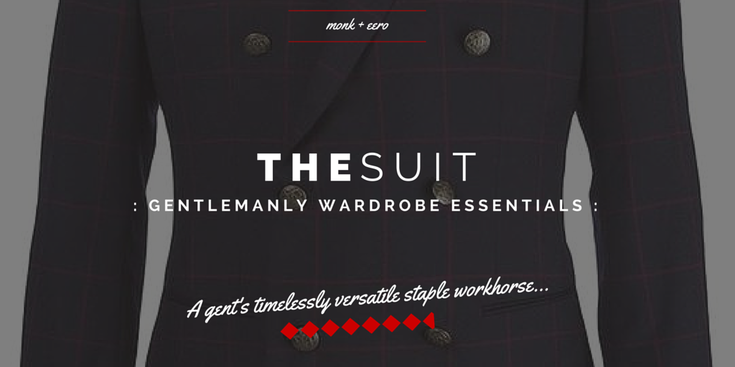
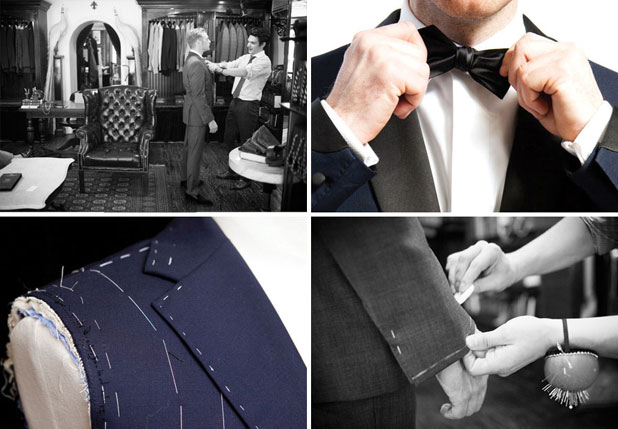
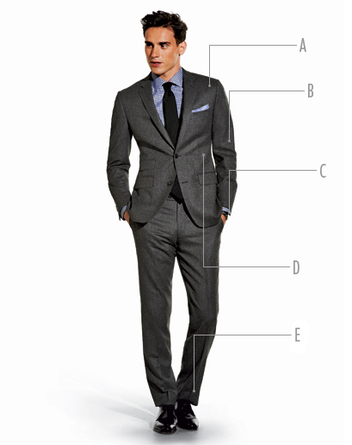

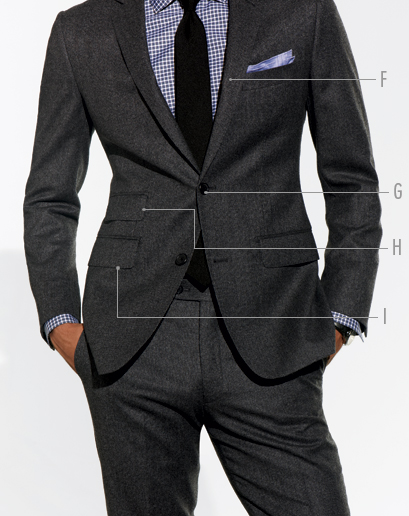
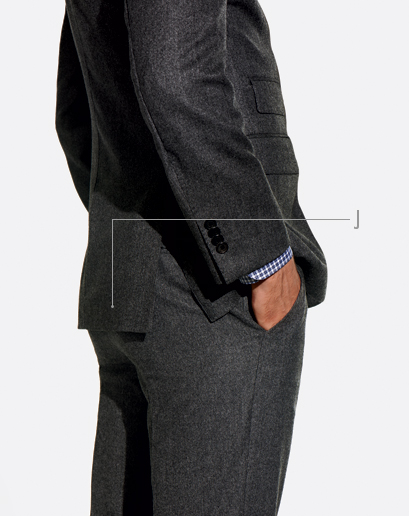
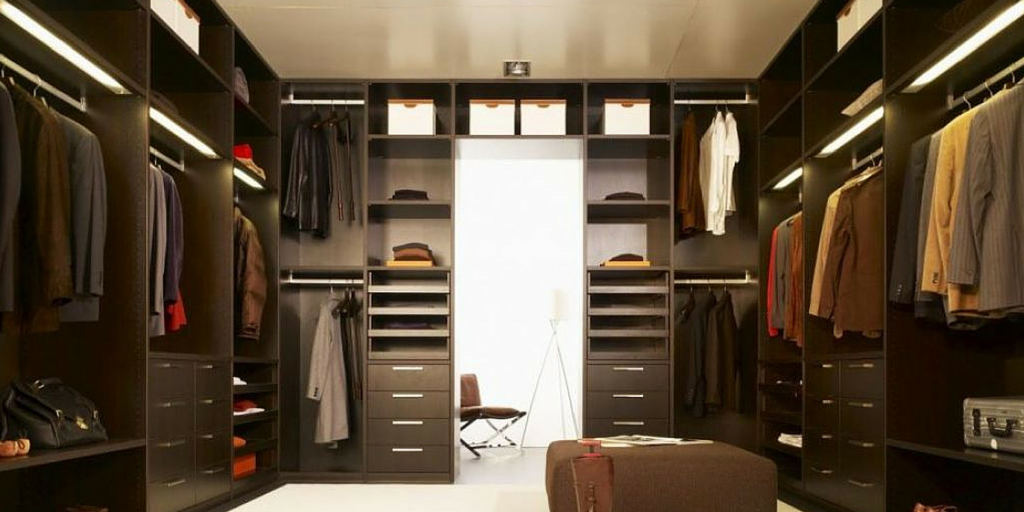

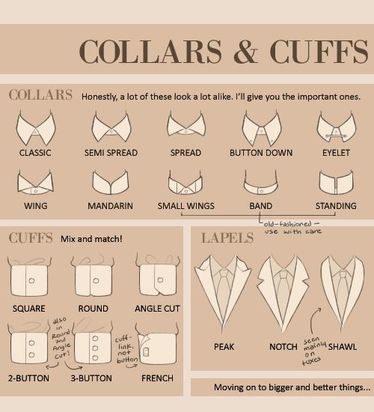
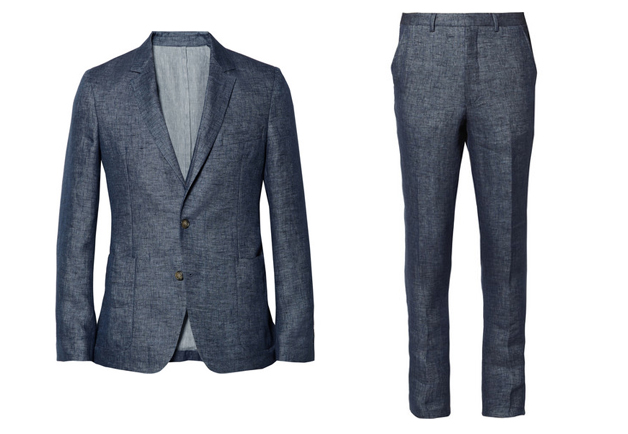
 RSS Feed
RSS Feed
